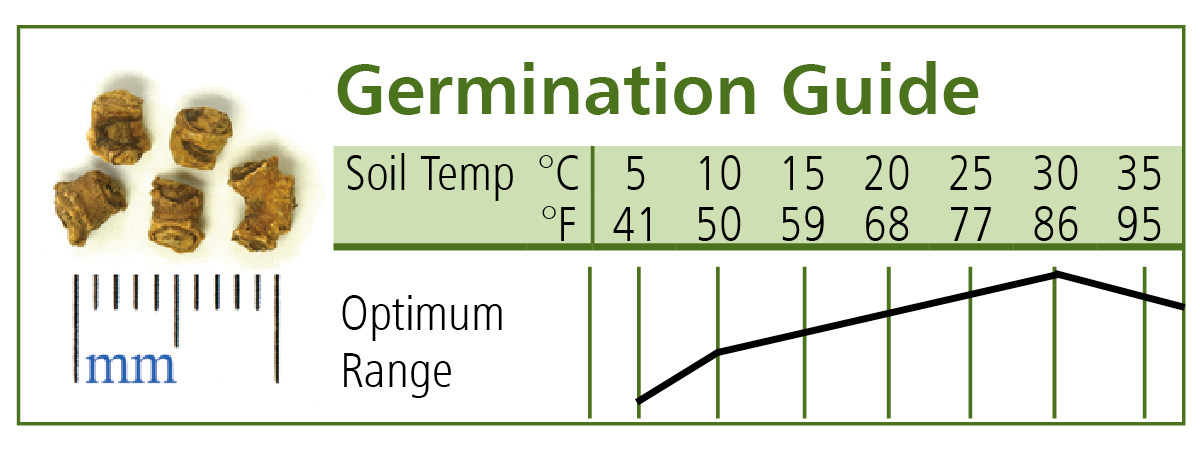Beet, Bull's Blood Microgreen Seed
Beet, Bull's Blood Microgreen Seed
Deep burgundy leaves.
Superior strain which consistently shows darker and more intense red coloring at the microgreen stage of harvest. Lofty deep red leaves and stems. Tender with earthy, spinach-like flavor. Based on our yield trial, avg. days to maturity was 16.5 days when harvested at the first true leaf (as opposed to cotyledon) stage. Also available in organic seed.Specs:
- This product does not ship to the following countries: United Arab Emirates, Austria, Australia, Barbados, Belgium, Bulgaria, Bermuda, Bahamas, Switzerland, Cyprus, Czech Republic, Germany, Denmark, Estonia, Spain, Finland, France, United Kingdom, Greece, Hong Kong, Croatia, Hungary, Ireland, Iceland, Italy, Japan, Republic of Korea, Kuwait, Cayman Islands, Lithuania, Luxembourg, Latvia, Malta, Netherlands, Norway, New Zealand, Oman, Poland, Portugal, Qatar, Romania, Saudi Arabia, Sweden, Singapore, Slovenia, Slovakia, San Marino, Thailand, Trinidad and Tobago, Taiwan, Ukraine.
CULTURE:
Grow in a greenhouse or protected area. Follow the germination guidelines for the specific variety being grown. However, you can generally be successful by following the guidelines for brassica family members: grow on potting mix or soilless medium of your choice in shallow trays or 20-row flats. Broadcast seed thickly on the media surface with seeds 1/8- 1/4" apart, press seeds firmly into media for maximum soil contact, and cover lightly with sowing mix, vermiculite, or humidity dome. Microgreens can be germinated on heat mats, in germination chambers, or on greenhouse benches or floors.WATERING:
Bottom water or mist to prevent sowing mix from splashing on the seedlings. Maintain even moisture and do not allow sowing medium to dry out.TEMPERATURE:
Ideal soil temperature is 75°F (24°C) until germination, then reduced to 60°F (16°C). Optimal ambient temperatures are variety-specific, but 65–75°F (18–24°C) is generally a favorable range. Temperatures above 75°F can increase disease pressure and inhibit germination.LIGHTING:
Consider supplemental lighting in any environment where natural light is insufficient, such as in a greenhouse during the short days of winter.FERTILIZER:
For media that hold some fertility, such as potting mix, plain water is usually best. Watering with a dilute fertilizer solution is appropriate for media with no inherent nutrient value, or for slow-growing species that might exhaust fertility before reaching harvest stage. If fertilizing, incorporate fertilizer into the sowing mix before sowing, or use a bottom watering system for liquid applications to avoid residue on the leaves.DAYS TO MATURITY:
Varies depending on the variety, growing conditions, and desired size at harvest. Fast-growing varieties are typically ready for harvest in 10-15 days while slow-growing varieties are ready in 16-25 days.DISEASES:
Because they are planted so densely, microgreens can be prone to disorders, such as damping off, associated with poor air circulation and saturated media. Ensure air movement with horizontal airflow fans, use clean media and water sources, and use appropriate seeding density.HARVEST:
Harvest once cotyledons have fully developed, or once the first true leaves begin to emerge, depending upon your market. Typically, microgreens are harvested at 1/2-2" in height. Cut with scissors or a sharp knife and minimize handling to reduce damage.STORAGE:
Shelf life ranges from 5-10 days under proper storage conditions. Microgreens must be washed before serving.Johnny's is committed to your success, every step of the way.
We want you, our customer, to be 100% satisfied with all of our seeds, tools, and supplies.
If anything you purchase from us proves unsatisfactory, we will either replace the item or refund the purchase price.











